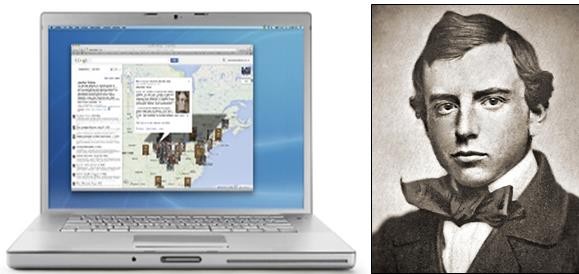Close Reading is a phrase that you hear most frequently nowadays in K-12 classrooms. It’s become a sometimes controversial hallmark of the reading standards for something known as the Common Core. You can read a good summary of the criticism in this piece by Aaron Barlow (via the Washington Post), which claims that “close reading” does little to prepare students for college. But the truth is that close readings (in some form or fashion) have been a part of humanistic enterprises like English and History since the origins of those disciplines. The trouble is that there are many ways to define a “close reading,” but for our purposes, we will treat it as a careful study of a text, one that aspires to understand its meaning by putting it into context and by analyzing any subtext (or hidden meanings). Think about that framework:
- Text
- Context
- Subtext
What does that process mean to you? How can you differentiate between those stages of analysis? And most important for a digital humanist, is there something about using multi-media tools that might help bring this kind of close reading process to life for 21st-century students?
The website Lincoln’s Writings: The Multi-Media Edition is built on the premise that the answer to that last question is an emphatic “yes.” First launched in the summer of 2013 by the House Divided Project at Dickinson College, this site has become a nationally recognized destination for K-12 educators who are looking for ways to integrate Abraham Lincoln into the Common Core and other recent curriculum initiatives.
Our seminar will attempt a close reading of the Gettysburg Address using various multi-media tools, including a podcast by Dickinson College Theatre professor Todd Wronski, two short videotapes from Prof. Pinsker, and a web-based exhibit for the Google Cultural Institute that emerged out of Dickinson College’s recent “Understanding Lincoln” online course.

